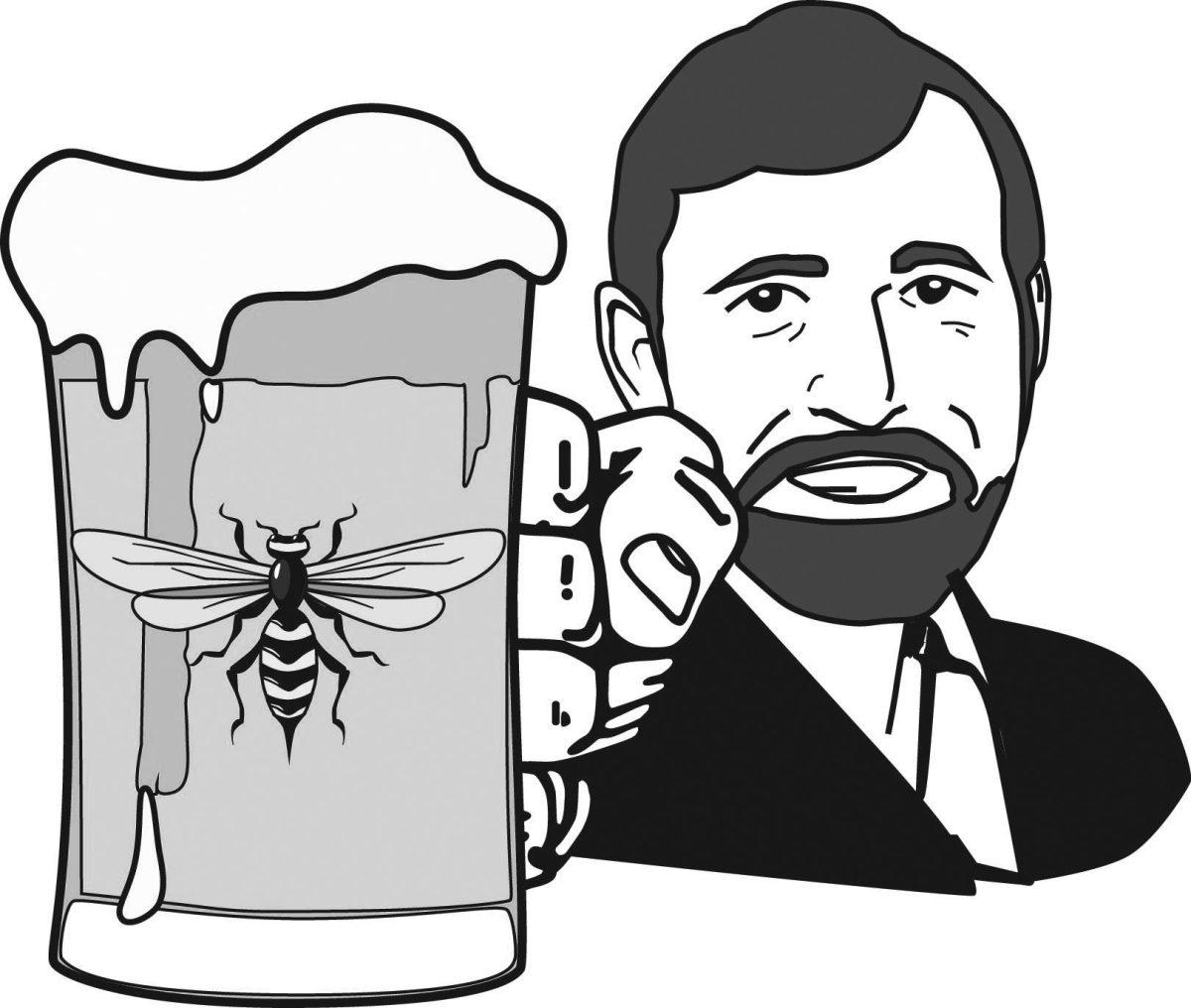Although wasps are usually seen as pests, researchers at NC State have found them to be extremely helpful in creating a new type of beer.
According to John Sheppard, a professor of food, bioprocessing & nutrition science, in the fall of 2013, he was approached to create a science of beer exhibit for the North Carolina State Science Fair which happened to coincide with the 2014 World Beer Festival in Raleigh. He collaborated with Anne Madden, a part time post-doctoral researcher at NC State and Rob Dunn, an associate professor whose primary focus area is Ecology & Evolutionary Biology.
“Beer is made from water, malt, hops and yeast, which makes up to 50 percent of the flavor of the beer,” Madden said.
Most yeasts found in nature are not able to make beer. Though this is true, almost all beers made come from two species of yeasts; top-fermenting and bottom-fermenting yeasts.
Yeast is a single-celled organism that when combined with sugar, ferments to create alcohol and carbon dioxide. The types of strains that it produces create the various flavors and also indicate the best time for consumption.
“What we did was we isolated yeasts from wasps for producing beers. From there we went to different insects, making many different beers along the way,” Madden said.
The process that they used was a proprietary protocol to isolate the yeast which led to a high success rate for isolating yeasts. Once the yeast grew away from the bee, they can grow them forever from frozen stocks, which mean fewer bees would be killed in the process.
“We were able to make great tasting beers, with valuable flavor profiles from yeast that are distantly related to the two species of yeast typically used,” Madden said.
Beer is characterized by a balance of sweetness and bitterness with some special aromatic compounds that either come from the hops or the yeast.
“They can create aromas such as apple or banana. This yeast produces sour beer which tends to style the Belgian and Icelandic beers,” Sheppard said.
The research team presented a wasp yeast beer at last year’s World Beer Festival and said that the yeast not only makes good-tasting beer, but that it can also create one-of-a-kind flavors.
They followed up the wasp yeast beer with one made from bumblebee yeast in the 2014 Wake County Brewers Expo.
“Rob Dunn wasn’t working on any projects to isolate yeast and he wasn’t even sure that the yeast would be able to make beer or not,” Sheppard said. “This was just a thing we decided to do for fun.”
Alex Smith is the head brewer and Production Manager at the Raleigh Brewing Company. He says that the type of yeast has an enormous effect on the flavor and quality of the product.
“Potential differences in yeasts include ability to ferment different sugars, leaving a beer more or less sweet after fermentation,” Smith said.
Smith also mentioned that companies are also looking around for new beers and that there are many different strains that people are isolating and using to brew with.
While NC State does not commercially sell beer, the university is considering licensing these yeast strains to commercial breweries. That means in the near future, beer consumers could be expecting new, distinct flavors.








